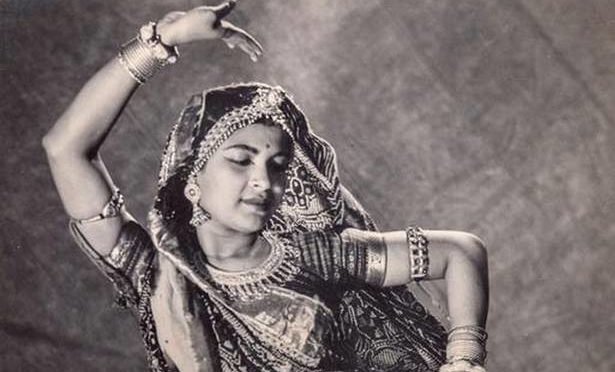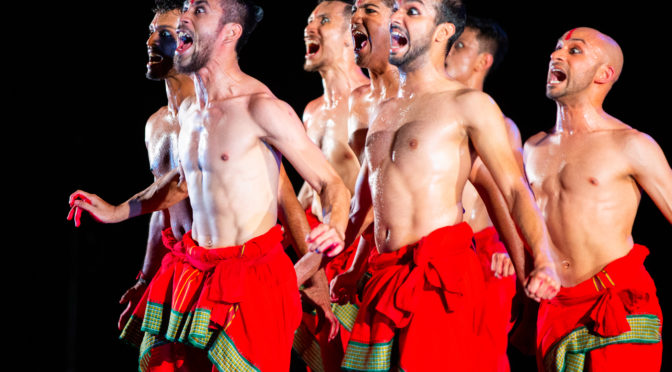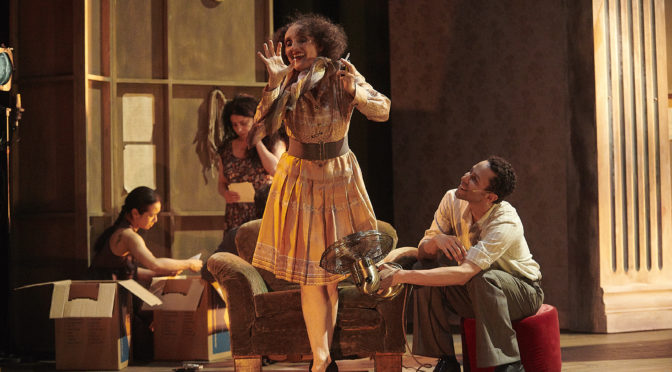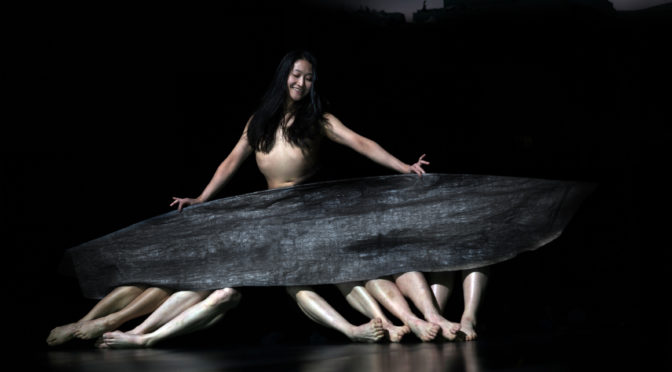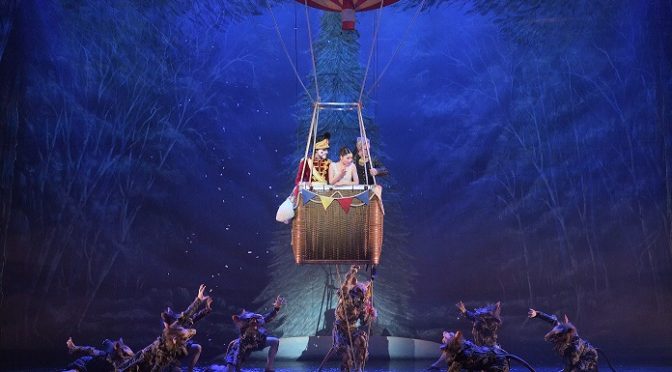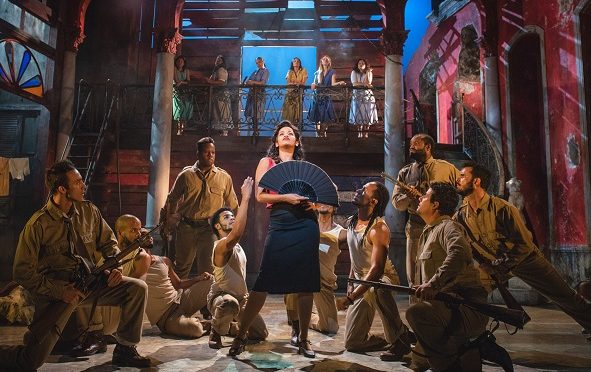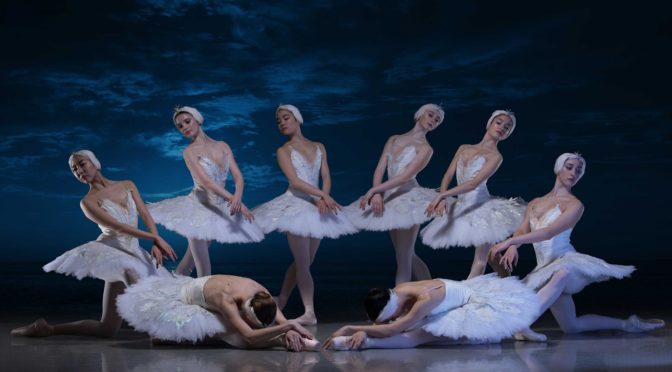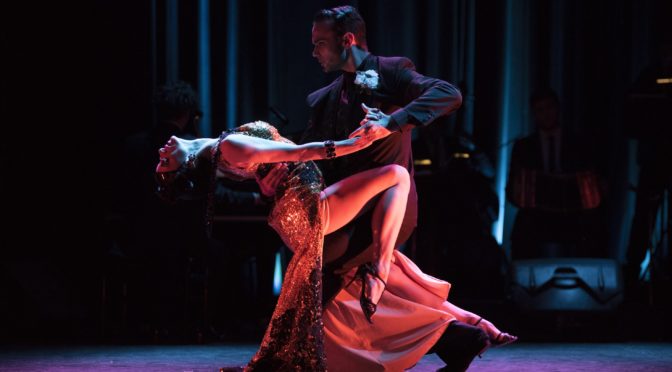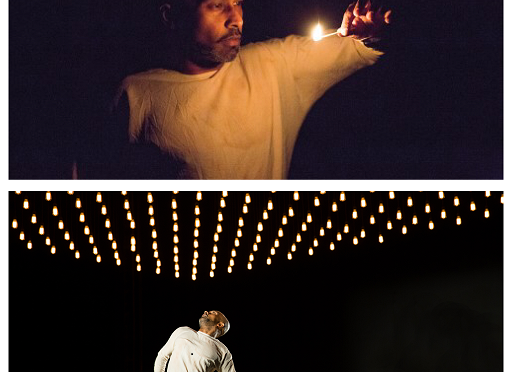Memory makes strange connections. The oldest memory of my first Guru Amala Shankar is inextricably linked with my childhood memories of Kolkata-it’s unbearably hot and humid summer mornings, Park Street, and dance classes. This is where the journey started for a wide eyed 7-year-old. It was a blazing hot summer morning on a Sunday. I found myself in a large hall at a Park Street address. My parents had brought me to enrol me into Amala Shankar’s dance school- the Uday Shankar India Cultural Centre.
I had no idea who Amala Shankar was and what was I meant to be doing with her. I did understand that it was something related to learning dance. From a 7-year old’s memory, I can also vaguely remember the impression that the first day had created. I was awestruck watching Amala Shankar teach a class of girls standing in rows. A small group of musicians seated on a rug on the floor in the corner of that central hall. The entire setting was overpowering to my young mind. What I did not know then that this was to be a start of a journey. What I would learn here from my teacher, whom I just saw was to determine my creative path of life. When we are in the moment, we do not know how pivotal that instance could turn out to be. Now I realise how seminal that moment was in my life.
Fast forward 30 years! I was in Kolkata on my annual visit to India. It was a cosy winter morning and I was sitting face to face with a still graceful 95-year-old Amala Shankar. Life had come full circle and I was seeking to understand more deeply the roots of my dance form. I was interviewing her as part of my research work for my project on Uday Shankar’s heritage.
We talked about Uday Shankar at length, how he could spot the talent in her when she was a young girl in her teens, how Uday Shankar, his dance and his entire persona appealed to her. We talked about Zohra Sehgal and her sister Uzra while they were a part of Uday Shankar’s dance group , the days in Almora, her dear friend in the family Ravi Shankar, who was more a friend and a brother than a brother -in-law. Her first visit to Paris with her father. How enchanted she has been with the Manipuri dance style always. She talked about how graceful she thought her daughter Mamata Shankar has been and a fiery dancer her daughter-in-law Tanusree Shankar remembering her act in one of her dance dramas, when both were young learners under her tutelage. Hours passed. We were lost in time. She took us back a century and gradually brought us to the present through her stories. There were instances where she was phasing out, it was 2014, and she was 95. There were instances where I was waiting till she would talk again. I did ask her to show a few moves while sitting and I would copy her like I did as a child in her classes. She agreed, I could not believe it was happening yet again. I remembered the hours of painstaking work she put in those weekend classes trying to instill the various nuances of her dance in her students. Now she did some arm movements to my request. When I copied her, she did not say much but there was a gesture of appreciation in her eyes. That is more than enough for me, a nod from my first guru that will continue to inspire me.
My journey with the Uday Shankar Dance style started under her tutelage. At that tender age I could see a light in her eyes. I just knew she was so different from everyone else. Did not identify what it was. At that time, I guess I was more focused on learning dance. I distinctly remember the individual attention she gave to every student, despite large class sizes. She made us repeat each movement endlessly till she was satisfied that we had internalised them. I did not quite understand then what she was looking for and sometimes found the bar impossibly high. Much later in life, when I saw her dance sequences in Kalpana repeatedly, I realised what it was. It is that moment of oneness between body and soul that would radiate through every part of your body, every gesture, and every facial expression. In her dance sequences in Kalpana, we could see the intricate details that add up to these divine moments – her sensual walk while flicking the hem of her skirt, the fluidity of her arm movements and most importantly the eyes. Those remarkably expressive eyes that could instantly switch between murderous rage to a meditative calm. She was Goddess Parvati personified. She was a carved temple Yakshi of ancient India come alive.
It was not just dance but the many facets of life and creativity that she touched upon gracefully. Amala Shankar a cultural icon of India was a trendsetter. She had a unique magic to her movements. The woman who was profoundly a part of Uday Shankar’s life, dance and legacy. She went further to build on the dance style and continue the legacy through the Uday Shankar India Culture Centre that she ran in Kolkata, India until 1995. She lives on through her art. My “Pranaam” to the legend Amala Shankar.
Protima Chatterjee
(Image used may be subject to copyright. Thank you for uploading on public domain)

